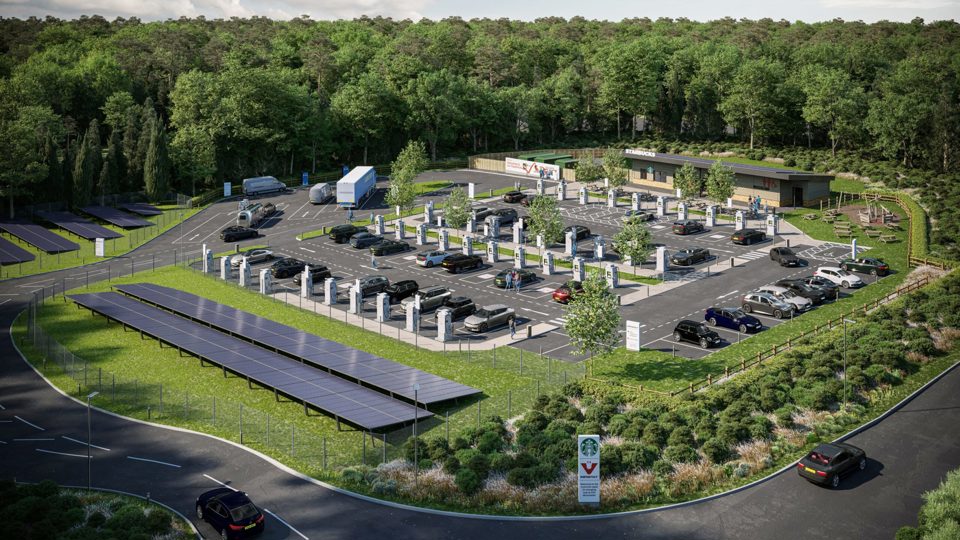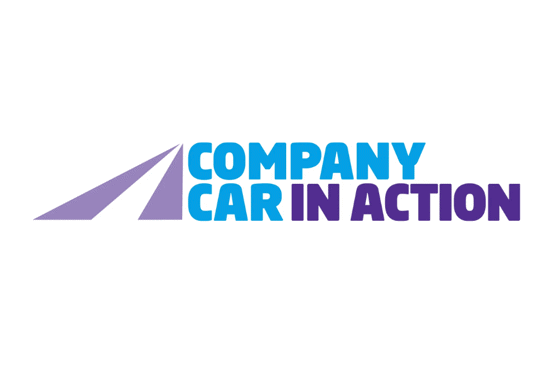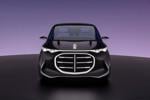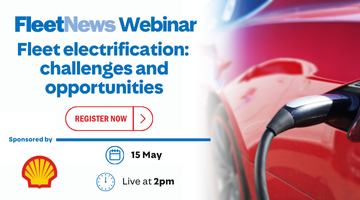Charging hubs – defined as six or more rapid or ultra-rapid devices at a single location – continue to show the highest growth on the UK’s public charging network.
New statistics on public charge point installations for the first three months of 2025, published by Zapmap, show that 49 of charging hubs were installed across the country in the first quarter of the year, bringing the total across the UK to 586.
Zapmap says that charging hubs are popular with electric car drivers and are also beginning to show the future direction for public EV infrastructure, with faster charging times, an increased focus on sustainable energy systems and locations which deliver enhanced amenities.
Significant additions to the charging infrastructure included, Instavolt’s Winchester superhub (see image above), providing 44 ultra-rapid charge points, with charging speeds of up to 160kW, located close to the A34/M3.
Ionity has also opened DoubleTree by Hilton Dartford Bridge, with 24 ultra-rapid 350kW chargers, located at Junction 1a of the M25.
Meanwhile, Fastned Banbridge is now providing access to 12 ultra-rapid (400kW) charging bays located just off the A1 in Northern Ireland.
Latest figures show that 3,141 new charge points were installed in Q1 2025, bringing the total number across the country to 76,840 – a year-on-year increase of 29%.
Rapid charge points, with a power rating of 50kW-149kW, have seen 286 additions in the past three months, bringing the total number across the country to 7,736 – a year-on-year increase of 11.3%.
During the same period, the number of ultra-rapid devices, with a power rating of 150kW-plus, increased by almost 66% to 7,726, almost reaching parity with rapid devices.
Overall, ultra-rapid devices accounted for 22% of all installations for the first quarter of 2025.
While rapid charging devices continue to be installed, new examples are now increasingly found in destination locations, with ultra-rapid charge points becoming the default choice for en route charging sites, says Zapmap.
Destination charging, where people charge when stopped, rather than stopping to charge, covers several use cases, and for those cases with a sub-four-hour dwell time, such as gyms and supermarkets, we are increasingly seeing rapid/ultra-rapid charge points being installed.
Lower powered charging devices continue to represent the largest tranche of the infrastructure providing charging for longer stops and top-ups, such as in car parks.
Some 61,378 charge points are currently defined as low-powered (slow / fast charge points powered at <50kW), representing 80% of the total.
Provision of on-street charging devices, designed for slower overnight charging, and aimed at drivers who wish to charge close to home but do not have access to a drive, has also grown in the first three months of the year.
These charge points have seen 1,983 new additions in Q1 bringing the total to 27,501.
At present, the majority of these (19,543) are located in Greater London. However, the rest of the UK is seeing far higher growth in the number of on-street devices being installed.
While London saw an increase of just over 5.6% in the first three months of the year, the rest of the UK saw the number of on-street chargers increase from 7,016 at the end of December to 7,958 at the end of March, an increase of more than 13%.
There has been progress in the LEVI (Local Electric Vehicle Infrastructure) scheme with 78 LEVI funding projects underway, 36 of which have been approved to go to tender.
Last month, Midlands Connect announced that 13 local authorities across the region will benefit from more than 16,000 new charge points as a result of more than £40 million in investment from the LEVI fund.
However, there is still some way to go before local areas see the thousands of chargers in the ground, says Zapmap, and it is hoped that the procurement processes and deployment will speed up in the coming months, to help give drivers confidence to make the switch.
Significant regional growth in charge points across all power ratings was seen in the East of England, with 44% year-on-year growth, and the West Midlands with nearly 46% year-on-year growth.
Notably, Northern Ireland, the UK region with the lowest coverage of charge points, has shown over 24% year-on-year growth across all power ratings and a 63% year-to-date increase in the number of ultra-rapid devices.
In addition to its Banbridge hub, Fastned has also acquired a site in Antrim which is due to open shortly, having identified Northern Ireland as a key growth area.
Melanie Shufflebotham, co-founder and chief operating officer at Zapmap, said: “It's good to see the public charging network continuing to grow across all use cases, supporting the more than hundred thousand new drivers who have made the switch to electric in 2025.
“In particular, it’s fantastic that many high-profile hubs continue to be rolled out, providing highly visible next gen charging for drivers – delivering faster charging, using cutting edge eco tech and providing the facilities and convenience that EV drivers want
“At a local level progress is encouraging, and we look forward to the next wave of on-street chargers being deployed to provide affordable and convenient charging across the UK.
“These latest statistics are highlighting what we can expect to see in the next stage of the infrastructure’s evolution, in terms of the emergence of innovative solutions, a focus on more powerful chargers and therefore decreased charging times and additional announcements around LEVI.”
Zapmap has also reported that more than two million successful public charging sessions are taking place across the UK each month.






















Alano65 - 04/04/2025 11:51
So I used the site on Wednesday afternoon and I wasn't that impressed if I'm honest. Great location, but no wifi signal (O2) meant I wasn't able to use the app to charge the company car. The Starbucks did have wifi although it took 3 attempts to register. Despite there being only one other customer in Starbucks the tables were full of empty cups and plates which had not been collected. Finally, really expensive for what was being offered by the site. Not sure I would charge there again..